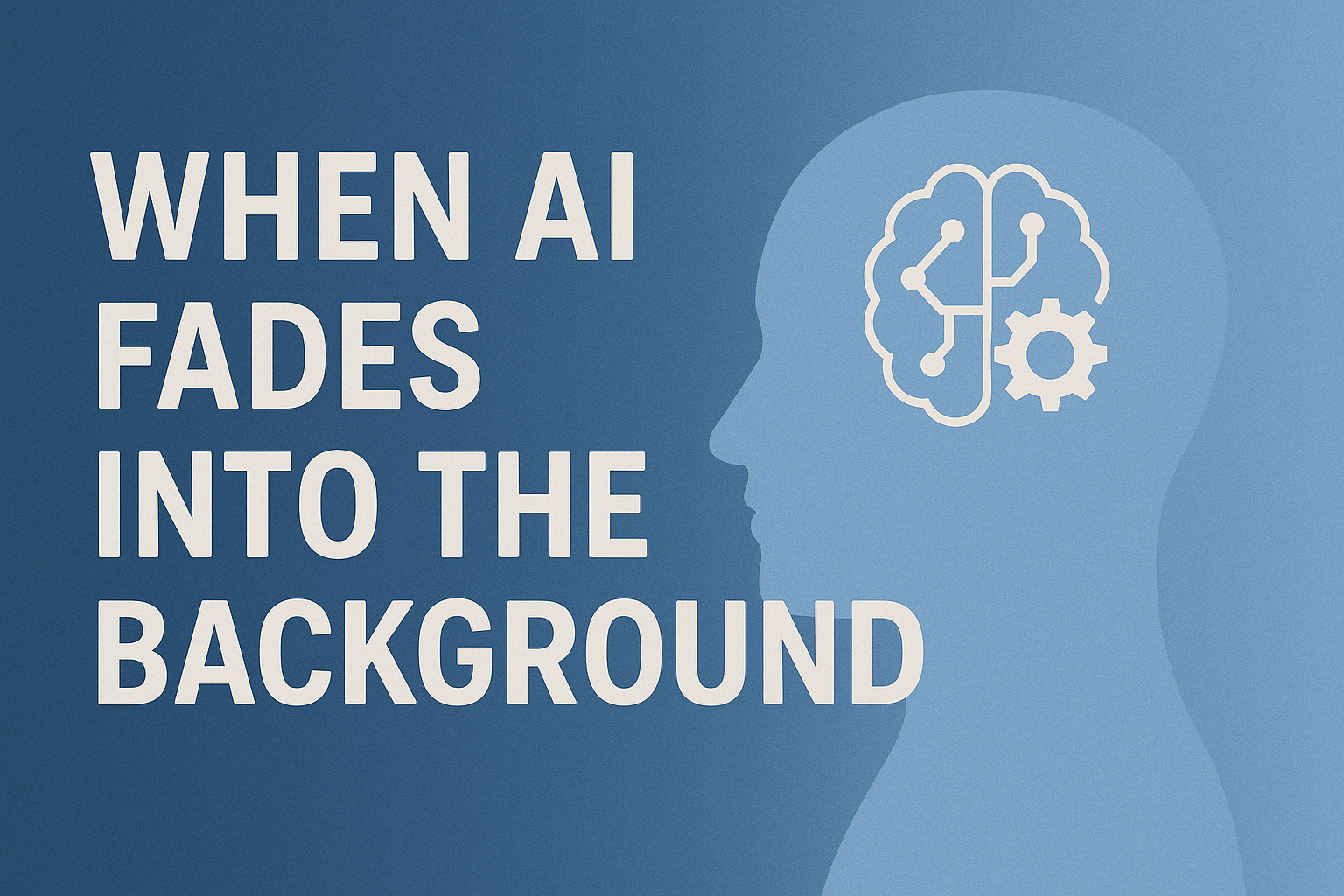Look around, and you might not see it, but AI is everywhere. It hums quietly beneath the surface of your digital life, making decisions for you before you even notice they need to making:
70% of the videos you see on TikTok are ranked and served by AI algorithms.
Even city traffic systems in smart urban areas increasingly rely on AI to manage flows and reduce congestion.
What once felt like futuristic demos—robotic assistants, language models, or AI-powered chess engines—have evolved into something subtler and far more pervasive. AI isn’t just a feature anymore. It’s the operating logic of the modern world.
This ambient AI, unseen but constantly present, represents both a triumph and a challenge.
We’ve reached a moment where children interact with AI—voice assistants, recommendation engines, smart toys, before they even learn cursive handwriting.
This quiet normalization of AI into daily routines is not just a technical milestone.
It’s a cultural shift as one that will shape how future generations understand knowledge, autonomy, and trust.
In this new era, AI no longer feels “cutting-edge.” It feels like infrastructure.
And that makes it more powerful and more important to scrutinize—than ever before.
Unlock the Future of AI -
Free Download Inside.
Get instant access to HonestAI Magazine, packed with real-world insights, expert breakdowns, and actionable strategies to help you stay ahead in the AI revolution.




